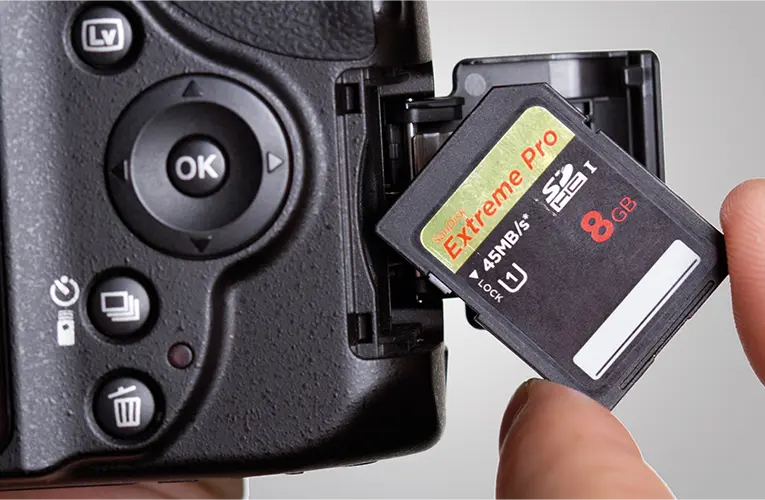“Comparing Admission Requirements: Data Recovery Programs in Canada and the USA”
### Introduction
– **Overview**: Introduction to the field of data recovery and its significance in modern technology.
– **Thesis Statement**: Highlighting the differences in admission requirements between Canada and the USA for data recovery programs.
### Section 1: Educational Prerequisites
– **Canada**:
– Academic background required (e.g., bachelor’s degree in computer science or related field).
– Specific coursework or certifications (e.g., programming languages, operating systems).
– GPA requirements and academic transcripts.
– **USA**:
– Similar academic prerequisites (e.g., bachelor’s degree in computer science or related field).
– Standardized tests (e.g., GRE).
– Importance of specific coursework or certifications (e.g., CompTIA, Cisco).
### Section 2: Professional Experience
– **Canada**:
– Importance of relevant work experience (e.g., internships, IT industry experience).
– Required duration or type of work experience (e.g., years in IT field).
– **USA**:
– Similar emphasis on professional experience (e.g., internships, practical experience in IT).
– Specific requirements or expectations regarding industry experience.
### Section 3: Technical Skills and Knowledge
– **Canada**:
– Required technical skills (e.g., data recovery techniques, forensic tools).
– Proficiency in specific programming languages or software tools.
– **USA**:
– Comparable technical skill requirements (e.g., data retrieval methods, software applications).
– Emphasis on proficiency in relevant technologies and tools.
### Section 4: Admission Process
– **Canada**:
– Application procedures (e.g., online applications, submission of portfolios).
– Interviews or assessments (e.g., technical interviews, coding challenges).
– Deadline considerations and application fees.
– **USA**:
– Application methods (e.g., online portals, submission requirements).
– Importance of personal statements or essays.
– Variability in deadlines (e.g., early decision, regular admission).
### Section 5: Program Structure and Curriculum
– **Canada**:
– Overview of data recovery programs offered (e.g., duration, specialization options).
– Core courses and electives (e.g., data analysis, cybersecurity).
– Integration of practical and theoretical learning.
– **USA**:
– Comparison of program structures (e.g., curriculum breadth, depth).
– Specializations available (e.g., digital forensics, cloud computing).
– Emphasis on hands-on learning and industry partnerships.
### Section 6: Accreditation and Recognition
– **Canada**:
– Accreditation bodies for data recovery programs.
– Recognition of degrees and certifications by employers and industry.
– **USA**:
– Importance of accreditation (e.g., regional vs. national accreditation).
– Industry recognition of program graduates and certifications.
### Section 7: Career Opportunities and Placement
– **Canada**:
– Job prospects for graduates of data recovery programs.
– Career support services offered by institutions.
– **USA**:
– Employment opportunities in the IT sector post-graduation.
– Networking opportunities and career placement services.
### Conclusion
– **Summary**: Recap the differences in admission requirements between Canada and the USA for data recovery programs.
– **Implications**: Consider the impact of these differences on prospective students and the field of data recovery.
– **Recommendations**: Suggestions for prospective students and institutions to navigate these differences effectively.
### References
– **Sources**: List of references and resources used to compile the article, including academic papers, industry reports, and institutional websites.










